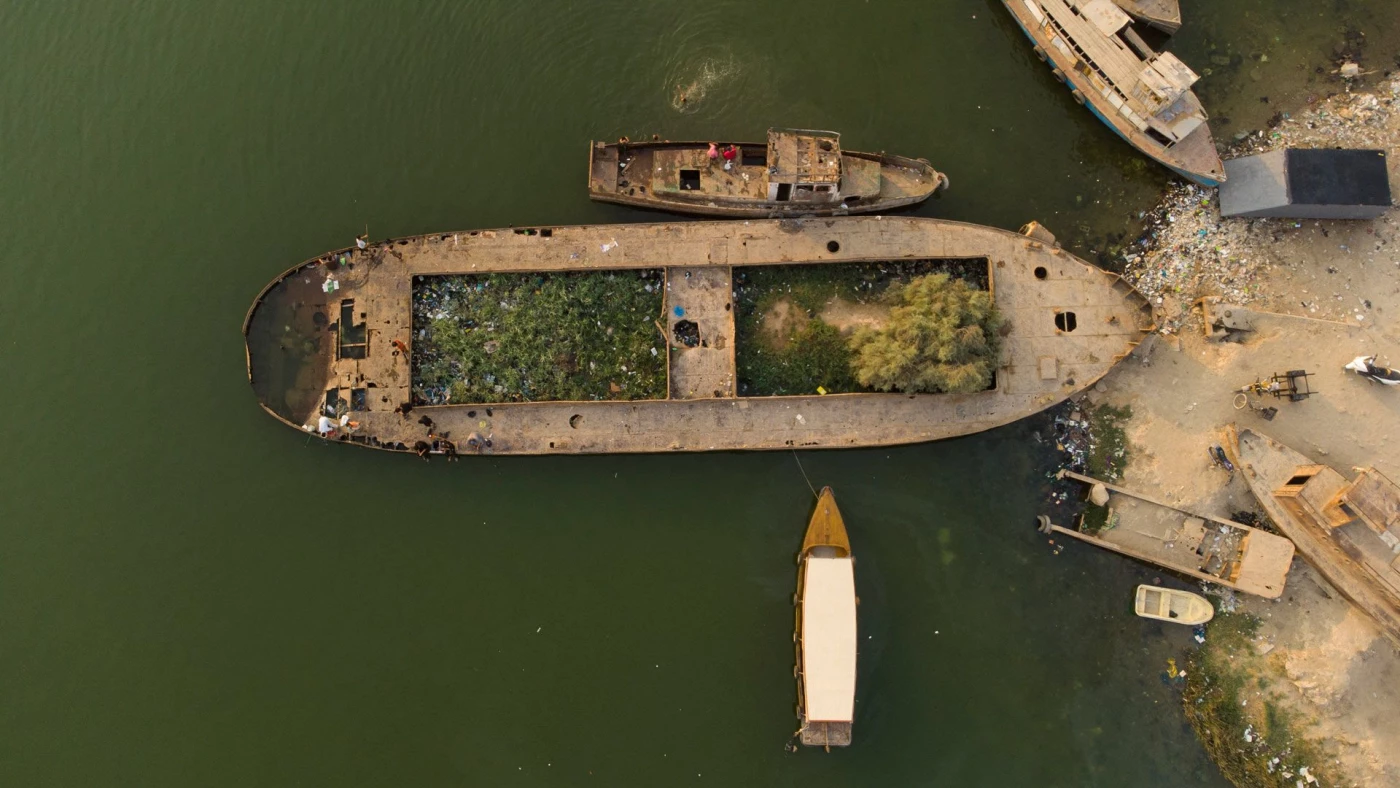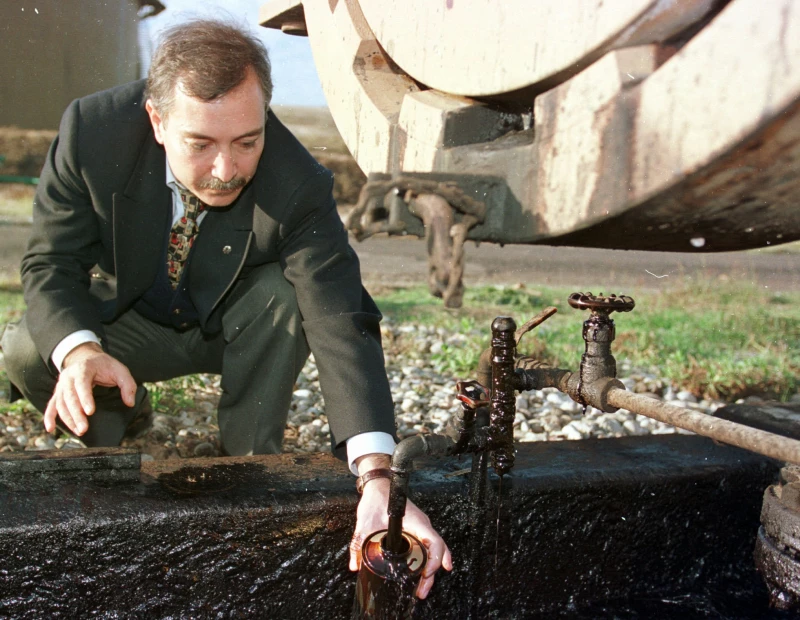ERBIL, Kurdistan Region of Iraq - Concerns are rising in Basra province that the region could become unlivable, as extreme weather events and environmental issues continue to grow. The city has recently seen temperatures soar past 53 degrees Celsius (127 degrees Fahrenheit), especially near oil fields. These areas act like heat centers, making local temperatures even hotter and accelerating the effects of climate change.
Experts say these conditions are no longer rare as they happen regularly. They blame rising emissions from the energy sector and the lack of a strong national system to monitor and respond to climate change.
At the same time, surface water in the Shatt al-Arab is facing serious risks. Salt levels have passed 30,000 TDS, about half the saltiness of seawater. Environmental experts say this threatens the province’s access to clean drinking and farming water. Reduced water flows from the upper parts of the Euphrates and Tigris rivers, combined with climate change, are exacerbating the concerns.
In Zubair, a key farming area for Basra, the collapse of agriculture is clearly visible. Farmer Mohammed Sanker told The New Region that “the burning winds, salty water, and lack of rain destroyed the crops and burned plastic greenhouses,” adding “more than 3,000 farms were hit this season. Each lost between 3 to 5 million Iraqi dinars, and there is no insurance or real government help.”
There is also no central database to track farm sizes and activities, making it almost impossible for farmers to get compensated.
No strategy and halted climate projects
Basra’s environment director, Walid al-Mousawi, said the damage is due to long-term institutional failure. In a statement to The New Region, he said, “Basra has no real tree-planting projects, no law to stop orchard destruction, and no working climate plans. We are watching the environment collapse, and we don’t have the right tools to stop it.”
He added that solving the crisis will require strong environmental laws, sustainable investment in water systems, and an end to removing plants and trees, which speeds up desertification.
Dust and sandstorms: Over 100 days a year
Weather forecaster Sadiq Attiya told The New Region that “Basra now has a dry and changing climate due to global warming. It sees more than 100 dusty days each year. That’s because of desertification, loss of green areas, and changes in seasonal winds. Rainfall has dropped by over 40 percent compared to past decades.”
He said that the increase in dust and drop in rainfall are pushing people, especially farmers, to move to the cities. This adds pressure on local services and resources and is creating silent conflicts over water and land.
Oil fields in the region continue to burn associated gas without using clean technology. There is also no full strategy for managing environmental waste. These issues make Basra one of the most climate-vulnerable areas in the world, according to recent United Nations reports.
Some experts fear that if these conditions continue, Basra could, in the next 20 years, become like some Gulf cities where outdoor life is impossible for more than six months in a year.
Environmental expert Jassim al-Asadi, director of Nature Iraq, told The New Region that Basra is heading toward a combined collapse of both nature and economy. “We’re seeing a breakdown of traditional farming due to repeated droughts, high salt levels in the water, and shrinking plant cover. Basra’s palm trees are dying, and its key crops may soon disappear,” he said.
Asadi also warned that desertification has taken over thousands of hectares of farmland. There are no recovery programs or support for salt-resistant seeds. “This is not just a seasonal problem,” he said. “It’s a complete breakdown. We need a full rescue plan, starting with better water management, reforming farming policies, and building an environmental system that can adapt to the changing climate.”
Additional reporting by Amr Al Housni


 Facebook
Facebook
 LinkedIn
LinkedIn
 Telegram
Telegram
 X
X



